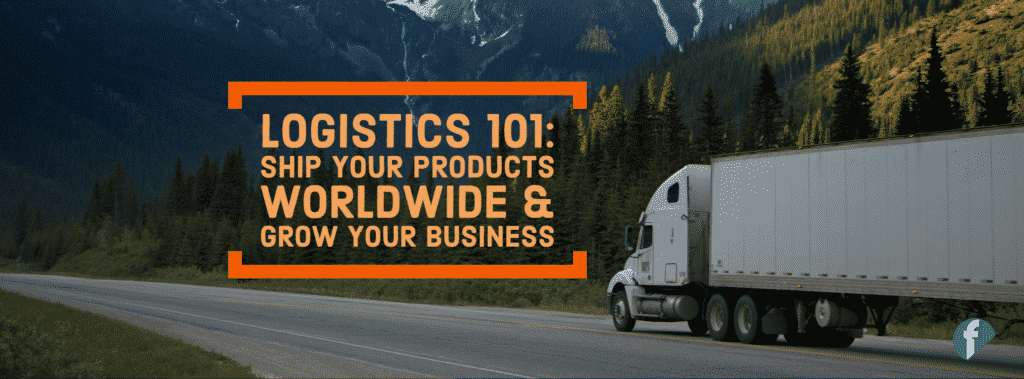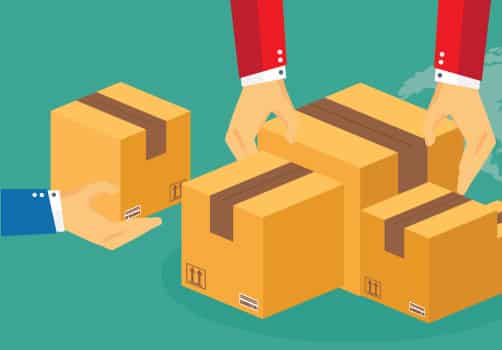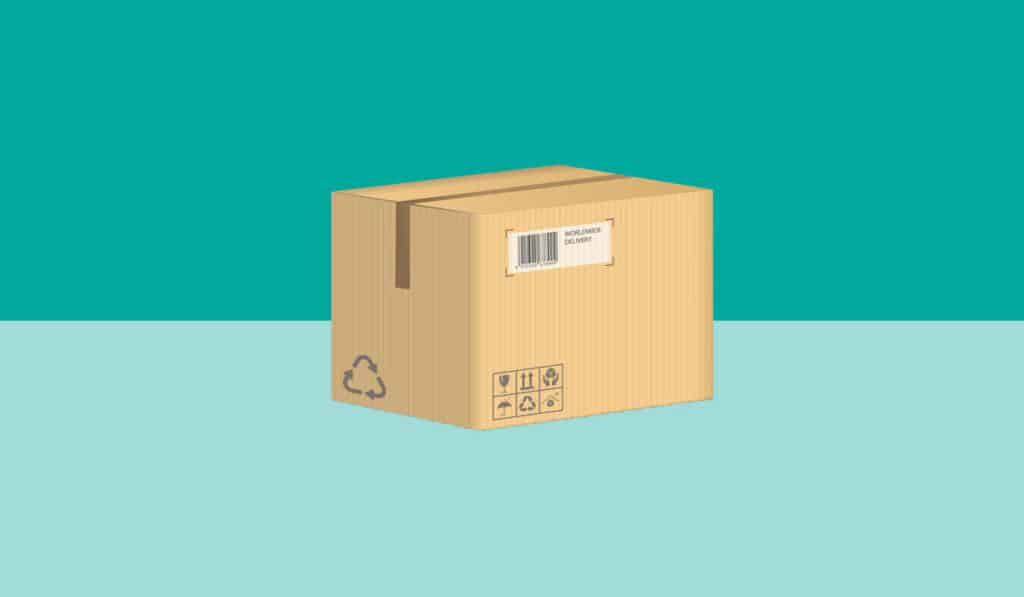In the year 1861, it took thirty-three days to sail from Hong Kong to San Francisco. The voyage was arduous and dangerous, a miserable seasick month on the open waters of the Pacific Ocean. Today, we ship from Hong Kong to San Francisco with an upcharge no greater than a meal for one at an upscale restaurant. What’s more, this process is so ordinary and banal that we take it for granted. This is the extraordinary power of modern logistics, and it’s what we’re going to talk about in Logistics 101.
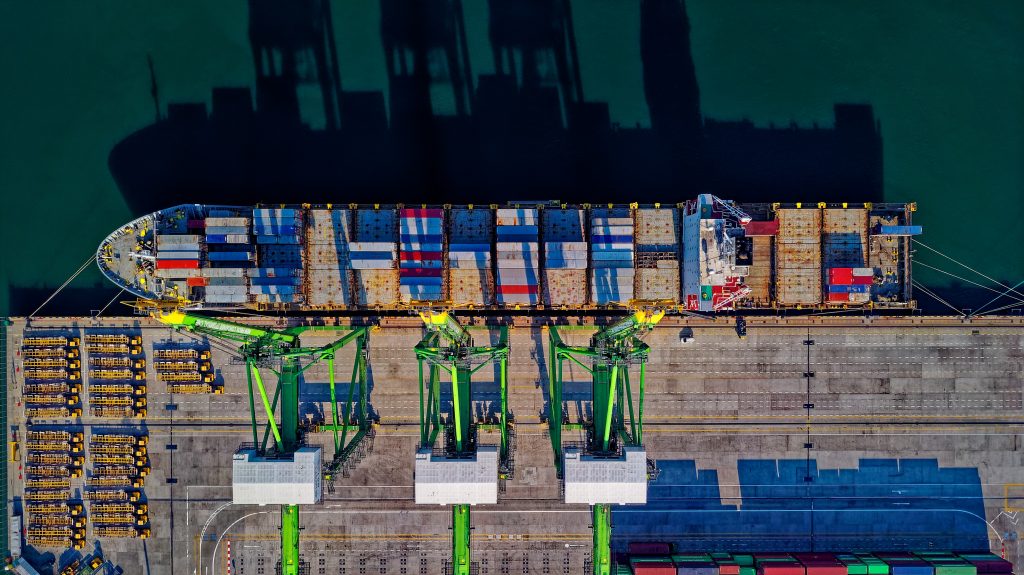
The beautiful and complex process of logistics spans multiple countries and companies. It represents the complete synchronization of cultures and commerce, all working to send little brown boxes to your doorstep. Logistics covers the entire process of transporting goods from Point A to Point B.
Please note before we begin that Fulfillrite offers order fulfillment services and warehousing. We at Fulfillrite do not handle all aspects of logistics, but we do handle some very difficult and error-prone parts for a great price. Logistics 101 will help you to understand how logistics works and where precisely Fulfillrite comes in handy.
Logistics 101
What is logistics?
The first word people think of when they want to know how goods are transported is “shipping.” That’s a really specific term, though, so the next closest one that people like to Google is “logistics.” To the layperson, logistics is simply shorthand for “how stuff gets moved.”
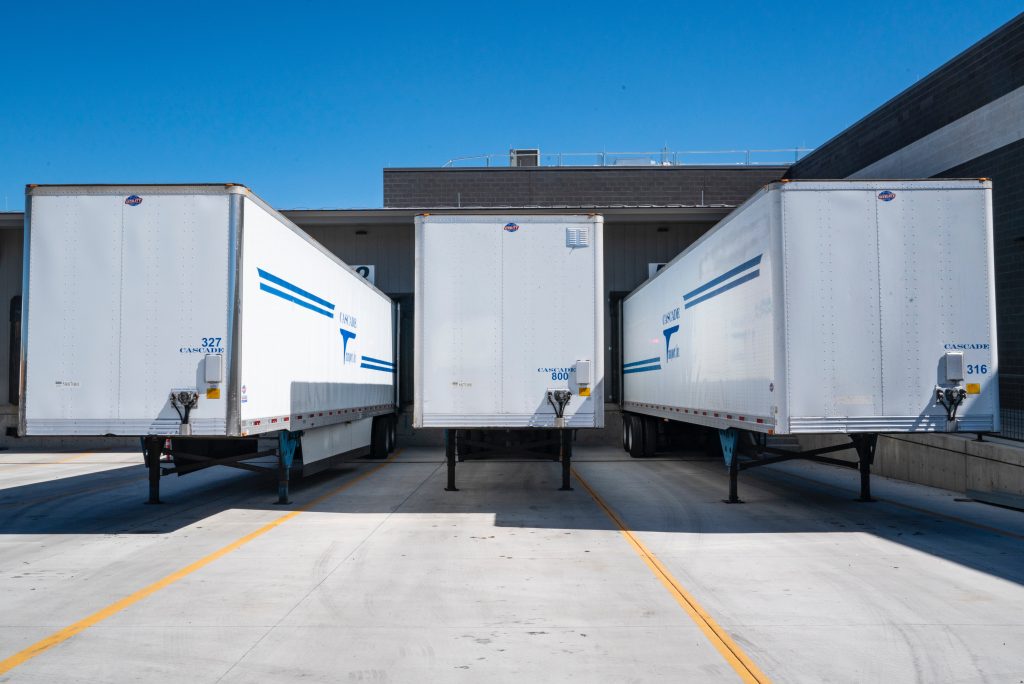
The layperson definition isn’t too far off from the proper one. Wikipedia describes logistics in a general business sense as “the flow of things between the point of origin and the point of consumption.” They go on to say that logistics of physical items usually involves “information flow, materials handling, production, packaging, inventory, transportation, warehousing, and often security.”
In our experience, this is an accurate summary and we are using this definition to structure our article.
What is not logistics?
Even with the narrowed down definition, though, logistics still seems like a vaguely defined concept. It is perhaps better, then, to describe precisely what logistics is not.
Logistics is not the order fulfillment process. Order fulfillment includes everything that is needed to send a product to a customer after it is ordered. This can be very complex and it’s what we specialize in at Fulfillrite. It is, however, only one part – one very important and customer-facing part – of logistics. In short, the order fulfillment process fits into the broader concept of logistics.
Similarly, logistics is not supply chain management. Supply chain management is a much larger concept than logistics, but logistics is an important part of supply chain management. Logistics is concerned primarily with the transportation of goods. Supply chain management is concerned with that plus raw materials, procurement, marketing, user experience, and more. The distinction between logistics and supply chain management is so significant that we will have an article on this site about the subject in the future.
Materials handling and production
Every iPhone contains within it a wide variety of raw materials from all of the world. The case is aluminum and the camera is sapphire glass. Every battery contains cobalt, graphite, and lithium. Electronic components contain silicon, copper, tin, silver, gold, and tungsten. The magnets powering the sounds and vibrations contain nickel, neodymium, praseodymium, boron, dysprosium, and iron. The screen contains…
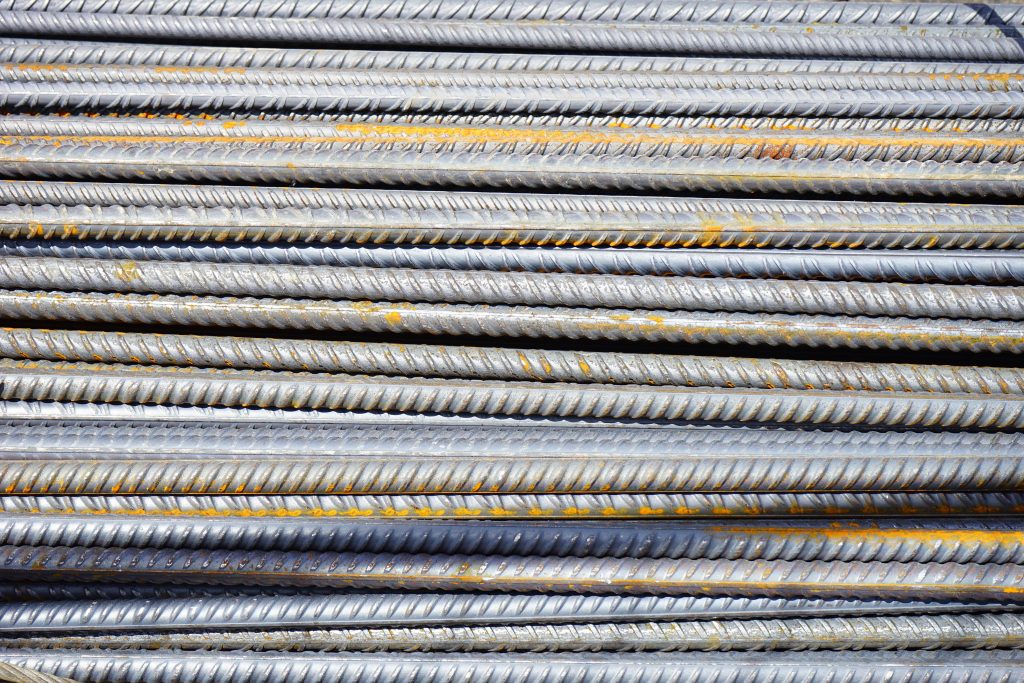
You get where we’re going with this. Someone has to mine, recycle, create in a lab, or find every raw material. Materials are shipped to the manufacturer long before the devices we use exist. After all, with no raw materials, the devices cannot even be made. The manufacturer must then process the raw materials provided using specific processes and plans.
Without manufacturing, the raw materials have little value. Yet without the raw materials, the manufacturing is not possible. Logistics tie together the extraction and collection of natural resources with the creation of a useable product.
Packaging and transportation
After manufacturing is complete, goods travel to their next destination. That destination is often a warehouse. However, it’s not a straight shot from one part of the world to another. Goods are packed and labeled first. Goods travel through seaports and airports, borders and customs. Contrary to popular belief, goods do not spontaneously teleport from the manufacturer to the stock room of your local Wal-Mart. Indeed, goods come to you well-traveled with passports full of visas and stories to tell.
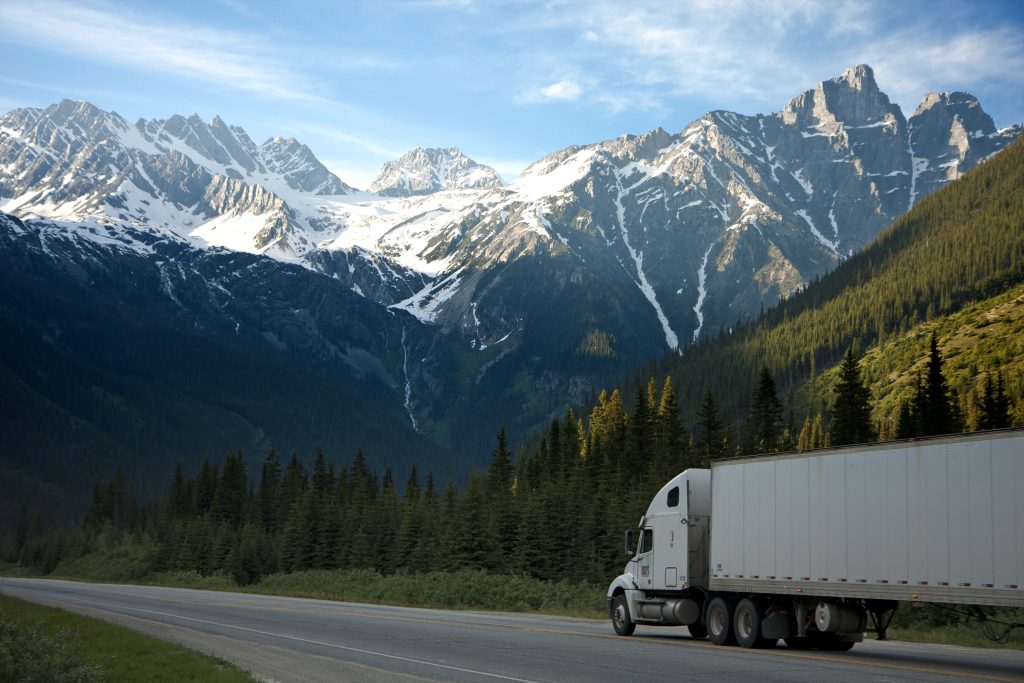
First, one must prepare goods for the stress of travel. Products are packed to protect them from vibrations, shocks, changes in temperature, and changes in pressure. Water and dust are big issues, too. When goods are too small to be shipped easily, they are packed into larger containers for transport. Naturally, all shipments are labeled so we can tell where they have to go. Sometimes the labels are utilitarian, and sometimes they are pretty because they also serve as a form of marketing.
More on transportation
Have you ever traveled from one regional airport to another? If so, you likely flew in multiple planes with some brief layovers in between. Perhaps you even had to shuttle from one airport to another. Some brave souls even book with different airlines for different stops to decrease the fare. Physical goods have a similar experience.
To send goods from China to New Jersey, where Fulfillrite is located, you would need to accomplish a lot of complex tasks. First, load the goods onto a truck to take to the nearest seaport. At the seaport, transfer the goods to a seafaring vessel. Then the vessel travels across the Pacific Ocean and through the Panama Canal. The process takes several weeks. Unload the goods in the US at a seaport. Customs checks the goods and levies taxes. Then goods ride in a truck to the warehouse.
Of course, this is just freight shipping. Small shipments can travel very quickly through carriers such as FedEx, UPS, and DHL. Overnight shipping is a reality because of this.
Seem complex? An entire industry exists around arranging transportation – freight forwarding. In fact, Shapiro – one of our industry partners – does this day in, day out.
Inventory and warehousing
Inventory includes goods that are complete, but not yet sold. Once manufacturing is completed, goods change from being works-in-process to being inventory. Naturally, the end result of the business is not to create inventory. Businesses want to sell their inventory. Before doing that, though, inventory is often stored in a warehouse where orders will be fulfilled.
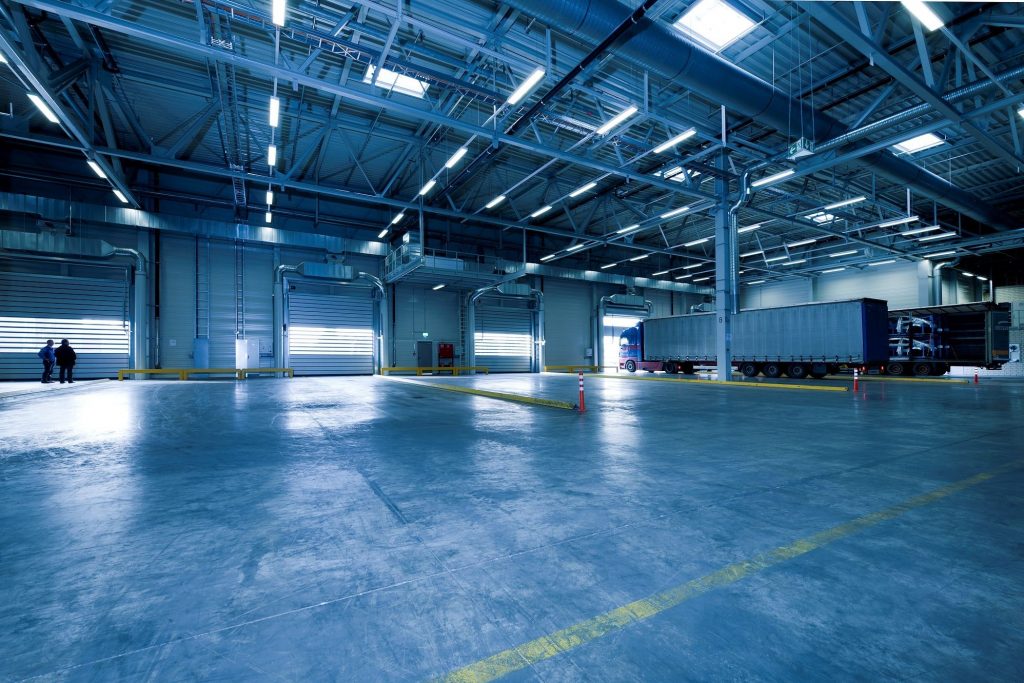
Warehouses come in many different varieties, and that determines the type of inventory can be stored. There are warehouses for packing, railyards, and ports. If you have goods that need to be refrigerated, there are cold storage warehouses. Retailers often have warehouses in the back of their stores. Even your own home can be a warehouse if you have a garage or a spare room large enough to house your inventory.
In the case of fulfillment warehouses like Fulfillrite, we ship orders from the warehouse to the customer. For example, we pick and pack different items into a single package. We then label them and apply postage, then send them to their final destination. Carriers such as FedEx, UPS, or the US Post Office take care of the rest. The concept of our business and others like it is very simple, but the execution is very difficult.
Moving data to move products
None of modern logistics would possible without computers and the Internet. Similarly, no post with the phrase “Logistics 101” in it is complete without mentioning this. Developing software to meet the myriad requirements of the logistics industry, let alone the supply chain, has led to a diverse array of software options on the market.

Consider all of what we talked about in the prior sections. Networked computers help us handle materials and production. With the Internet, we order raw materials, determine where to ship them, and forecast the quantities needed. Procurement is the formal name for this process, and it falls within supply chain management. Procurement underpins logistics.
Arranging transport of both raw materials and finished products requires the operators of railroads, airports, and trucks to coordinate their efforts. Imagine managing an airline. You would spend your days managing sophisticated computer systems. The computers would process unfathomable amounts of data all to figure out which routes to fly and when. Even running an airline addresses only a single need in the massive global interconnected system.
Additionally, either people or machines must pack and label all shipments – whether freight or small packages for consumers – to go to a specific place. This requires countries to maintain address systems, carriers to determine postage prices, and, above all, to be able to communicate all of this information quickly.
Warehousing requires maintaining a structured system that can handle a lot of data. Goods are stored in very specific ways so they can be readily accessed. Order and inventory systems like the one we use at Fulfillrite require business clients to maintain their stock online. They provide us with the information we need, including customer addresses and the retail value of the goods to be shipped. We, in turn, help them keep up with their inventory levels. The carriers who carry goods to their final destination integrate with our system so our clients can watch orders while in transit.
Logistics 101: Final Thoughts
Our world is more connected than ever before. The physical flow of goods from one place powers that connection. To someone from the year 1861, our world would seem like magic. In reality, it’s nothing more than logistics, which is itself nothing more than the coordination of goods moving harmoniously by road, rail, sea, and sky.
To run a truly successful business, you must have a basic understanding of how logistics works. It will seep into so much of your day-to-day life through inventory, transportation, and warehouse management. The really complicated parts you can outsource, but you must understand Logistics 101.
Fulfillrite is happy to play a part in the great relay race of logistics by offering order fulfillment services.

